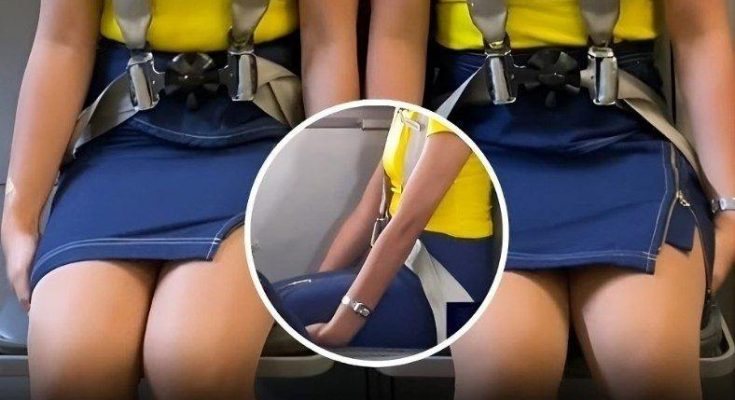- Reducing flailing: By tucking their hands under their thighs and securing their arms, flight attendants minimize the chance of their limbs being thrown around in an impact. This reduces the risk of broken bones or other serious injuries.
- Minimizing secondary impact injuries: In the event of a crash or hard landing, flight attendants can be thrown forward. The bracing position helps pre-position their bodies to lessen the severity of injury. Lowering their heads and securing their arms against hard surfaces can cushion the blow and reduce the risk of head trauma or other serious damage.
In essence, the bracing position is all about protecting flight attendants so they can focus on what they do best—keeping passengers safe. In an emergency, their ability to function effectively is critical. By minimizing their own risk of injury, flight attendants ensure they can continue to assist passengers, guide them to exits, or help with emergency equipment



